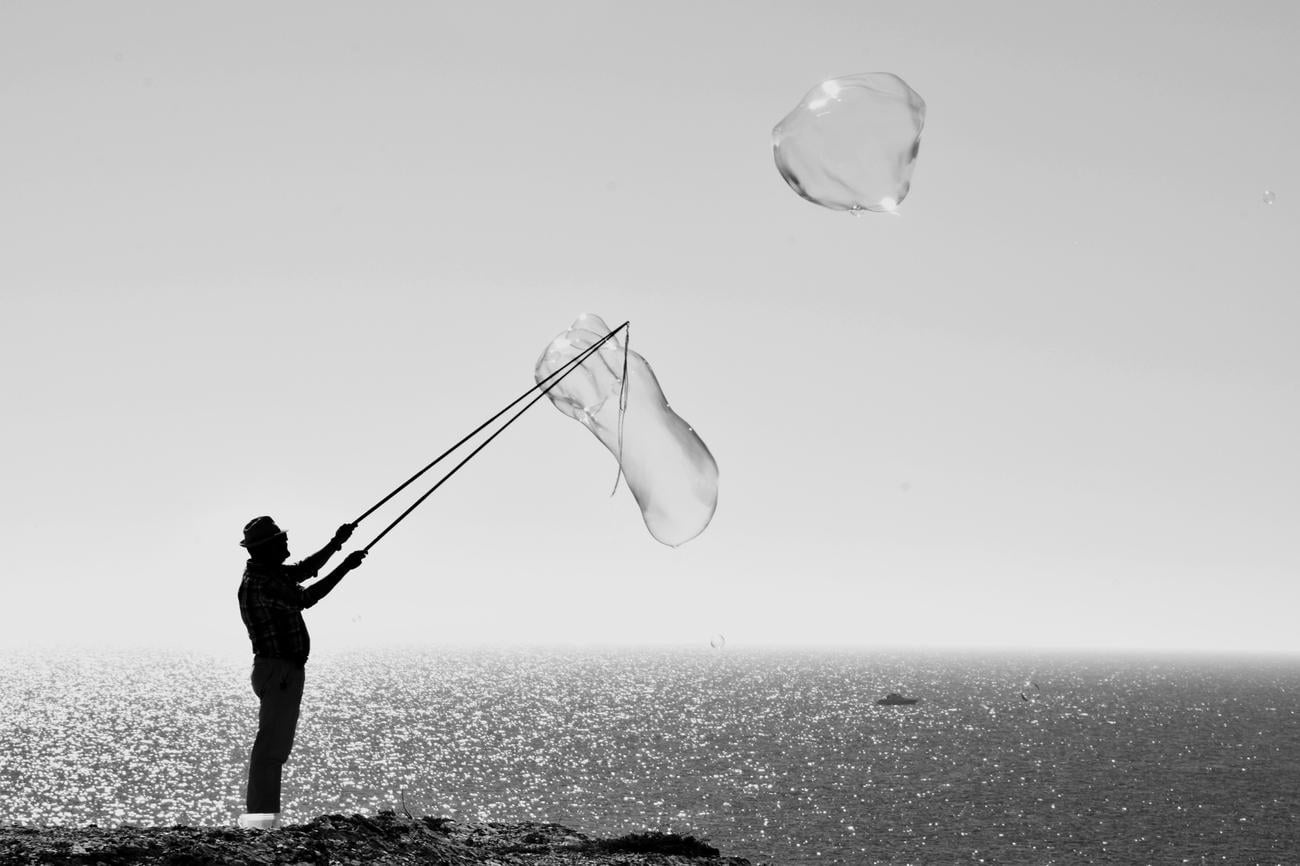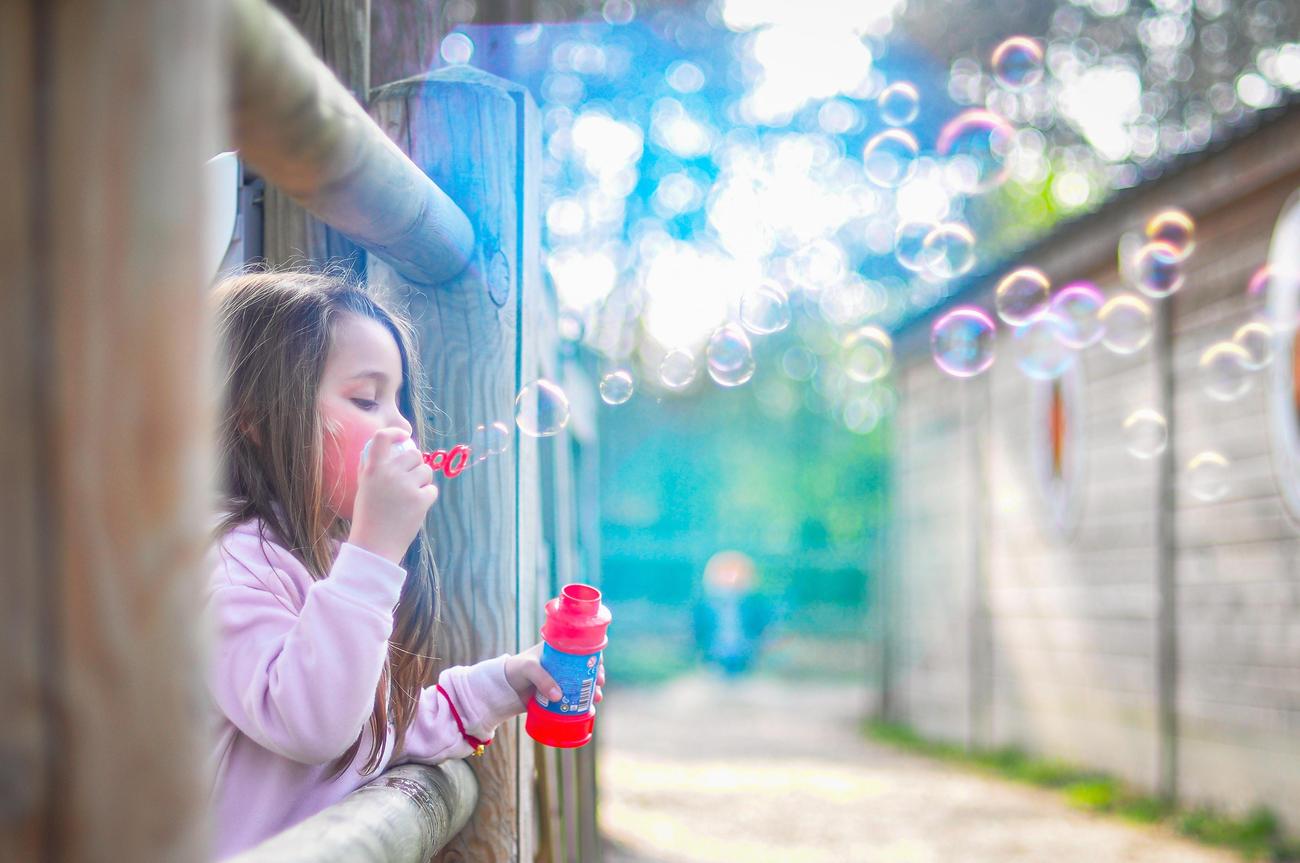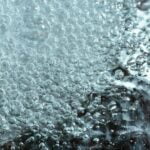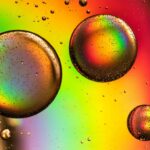Welcome to a world full of wonder and intrigue – a world where ethereal spheres dance and shimmer with enchanting beauty. In this article, we embark on a captivating journey into the realm of bubbles, where science takes center stage. As we unravel the secrets behind these mesmerizing creations, we will explore the captivating science facts that underlie their existence. From the delicate balance of fluid dynamics to the invisible forces of surface tension and the behavior of gases, get ready to delve into the fascinating phenomena and applications of bubbles. Prepare to be amazed as we unveil the wonders of this seemingly simple yet astonishingly complex subject – science facts about bubbles await!

Science Facts About Bubbles
Bubbles, seemingly simple and ephemeral, hold a myriad of wonders waiting to be unraveled. As a seasoned science writer and researcher, I have delved deep into the captivating realm of bubbles, leveraging my expertise in physics and chemistry to shed light on their intriguing properties and applications. Join me on this enchanting journey as we explore the science facts about bubbles.
1. The Delicate Composition of Bubbles
At the heart of a bubble lies a thin film of soapy water, delicately filled with air. This film consists of three layers: a thin layer of water sandwiched between two layers of soap molecules. These layers work in harmony to create the mesmerizing structure known as a bubble. It is this delicate composition that allows bubbles to form and captivate our senses.
“Just like the symphony of nature, bubbles are created by the delicate harmony between water and soap molecules.”
2. Beyond Air: The Gases within Bubbles
While air is the most common gas used to fill bubbles, they can also be made using other gases, such as carbon dioxide. This versatility opens up a world of possibilities, allowing researchers and scientists to study the behavior and properties of different gases within the confines of a fragile bubble.
3. Frozen Gems: Bubbles That Defy the Cold
When the temperature drops significantly, bubbles have the astonishing ability to freeze. These frozen bubbles create ethereal and delicate ice structures, showcasing the intricate patterns formed by nature’s touch. The frozen bubbles serve as a visual testament to the wondrous and enchanting properties of bubbles.
4. The Round Marvel: Surface Tension
Ever wondered why bubbles are perfectly round? It all boils down to a scientific force known as surface tension. This force acts like a thin elastic skin, ensuring that bubbles assume a spherical shape, which offers the least amount of surface area for the given volume. It is this aspect of science that gives bubbles their mesmerizing and harmonious appearance.
5. Bubbles: Catalysts for Chemical Tests
The magical world of bubbles extends beyond their aesthetic appeal. Bubbles play a pivotal role in chemical tests, serving as indicators for precise measurements. By introducing specific gases into bubbles, scientists can simply observe the bubble’s behavior to gain insights into the composition and characteristics of substances being tested. Bubbles dance, providing valuable information through their movements and interactions.
6. Bubbles as a Learning Platform
Beyond their breathtaking beauty, bubbles serve as a captivating learning platform for both young and old minds alike. Children are often drawn to the enchanting presence of bubbles, observing and questioning their behavior. In the process, they unknowingly embark on a journey of scientific discovery, as bubbles serve as a gateway to learning about fundamental concepts such as surface tension, physics, and chemistry.
“With their shimmering allure, bubbles have the power to captivate minds and spark curiosity, forming the foundation for scientific exploration.”
Bubbles, with their delicate composition, mesmerizing shapes, and scientific significance, are a testament to the wonders of our natural world. As we peel back the layers of soapy intrigue, we uncover a wealth of knowledge and possibilities that lie within these ephemeral, spherical delights. So, embrace the magic of bubbles and let them transport you to a world where science and beauty collide.
Bubbles are fascinating objects, captivating both children and adults alike. But did you know that there are many interesting facts about bubbles? From their mesmerizing shapes to their ability to defy gravity, bubbles have a lot more to offer than meets the eye. If you’re curious to learn more about the secrets hidden within these translucent spheres, check out our comprehensive collection of facts about bubbles. Prepare to be amazed as you dive into the world of bubbles and uncover their intriguing properties. So why wait? Click here to explore the wonderful world of bubbles: facts about bubbles.
Science facts about bubbles
Bubbles are more than just soapy spheres floating through the air. They are fascinating and complex phenomena that have intrigued scientists for centuries. Have you ever wondered about the formation of bubbles explained? Or perhaps you’re curious about the scientific investigation of bubble formation? If so, you’re in luck! We have the answers to all your burning questions.
Let’s start by exploring the formation of bubbles explained. Understanding how bubbles are created can shed light on their mesmerizing nature. Formation of bubbles explained delves into the steps involved in bubble formation, taking you on a journey into the science behind their captivating presence.
But we’re not done yet! If you’re eager to dive deeper into the world of bubbles, we also have the scientific investigation of bubble formation. This article, Scientific investigation of bubble formation, uncovers the rigorous research and experiments conducted by scientists to unravel the secrets of bubbles.
So, whether you’re a curious mind or a seasoned scientist, these articles are sure to captivate your interest. Click on the respective hyperlinks to explore the fascinating formation of bubbles explained and the meticulous scientific investigation of bubble formation. Jump into the enchanting world of bubbles and unravel the mysteries that lie within.

FAQ
Question 1
What is a bubble made of?
Answer 1
A bubble is a thin film of soapy water filled with air. The film consists of a layer of water sandwiched between two layers of soap molecules.
Question 2
Can bubbles be made using gases other than air?
Answer 2
Yes, bubbles can be made using other gases, such as carbon dioxide. By blowing into a solution containing soap, bubbles can be created with different gases.
Question 3
Can bubbles freeze?
Answer 3
Yes, bubbles can freeze under certain conditions. When exposed to very cold temperatures, the water in the bubble can freeze, causing the bubble to solidify.
Question 4
What gives bubbles their round shape?
Answer 4
Bubbles have a round shape due to surface tension. Surface tension is the tendency of the surface of a liquid to minimize its surface area, resulting in a spherical shape for bubbles.
Question 5
What are some applications of bubbles in the field of science?
Answer 5
Bubbles are used in various chemical tests for analysis and experiments. They serve as a useful tool for studying the behavior of gases, fluid dynamics, and surface tension. Bubbles also provide a platform for learning and understanding these scientific concepts.
- Discover Trasa Robertson Cobern’s Mentors: Shaping Her Hurst Campaign - July 9, 2025
- Discover People Influenced by Trasa Cobern: A Legacy of Service - July 9, 2025
- Discover Trasa Cobern’s Nonprofit Impact: A Deep Dive - July 7, 2025
















